In a world where climate change continues to reshape our environment, the preservation of Underwater Cultural Heritage (UCH) has never been more critical. Recent advancements have emerged in this field through the efforts of WP2, particularly the secondment of Sergio Márquez (38ER). His dedication and expertise have significantly contributed to the establishment of a new decision support tool, focusing on UCH risk assessment under shifting environmental conditions.
The secondment’s main objective was to identify various environmental conditions and material types necessary for assessing UCH risks. The outcome of this endeavor is a conceptual framework that delineates the damage process of UCH in designated pilot sites. This framework underscores the profound interactions between the environment and the materials constituting the UCH. It imparts a comprehensive understanding of how environmental conditions can contribute to the deterioration and damage of UCH structures and artifacts.
From this framework, we gain valuable insights for assessing and mitigating risks to UCH. In turn, it informs and shapes our conservation efforts, providing targeted measures to preserve our underwater heritage.
Central to this process was the selection of suitable equipment that can monitor target parameters. The chosen devices exhibit characteristics ideal for measuring and recording environmental conditions and material properties relevant to UCH’s damage process. These tools are not only accurate but also capable of providing a granular view of the impact of these conditions on UCH.
The selected equipment includes mobile probes and sensors, specifically designed to capture and analyze the environmental factors influencing UCH. These devices are furnished with high-resolution capabilities that allow detailed examination of the exposed samples. This feature enables us to closely scrutinize the damage incurred and carry out specific environmental campaigns at predetermined intervals, ensuring that we collect comprehensive data over the exposure period.
Through this robust selection of equipment, we can guarantee the reliability and precision of the collected data. This information serves as an invaluable resource for understanding the intricate relationship between the environment and UCH materials. Furthermore, it aids in assessing the effect of environmental conditions on UCH and in devising effective preservation and conservation strategies.
As a result of these efforts, an architectural design of the hardware and devices for monitoring and preservation has been designed. This design could be incorporated in the deliverable D2.2 Results from field exposure tests at pilot sites. This initiative marks an important milestone in our endeavor to safeguard our UCH, ensuring that it endures for future generations to appreciate and study.
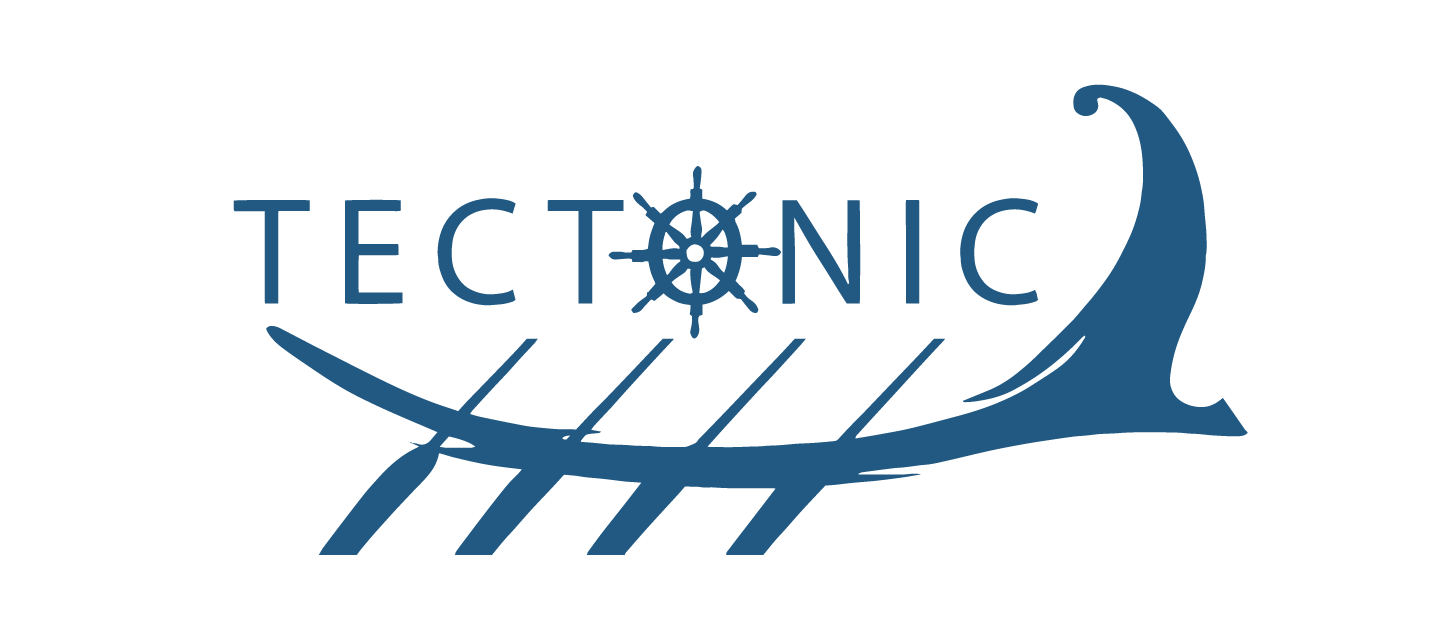
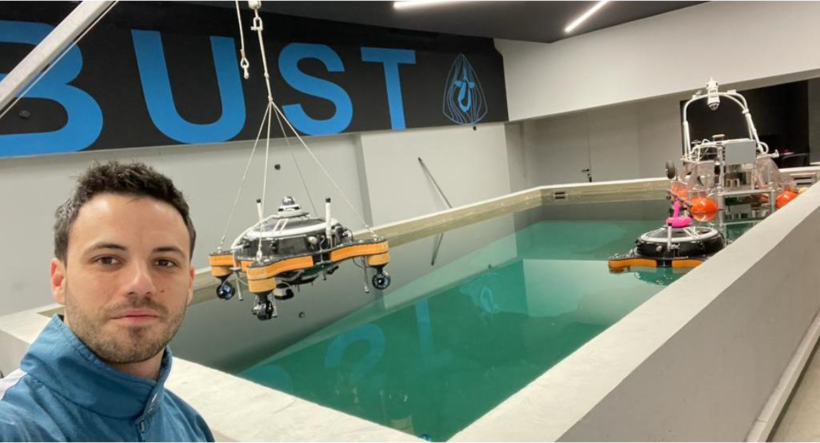
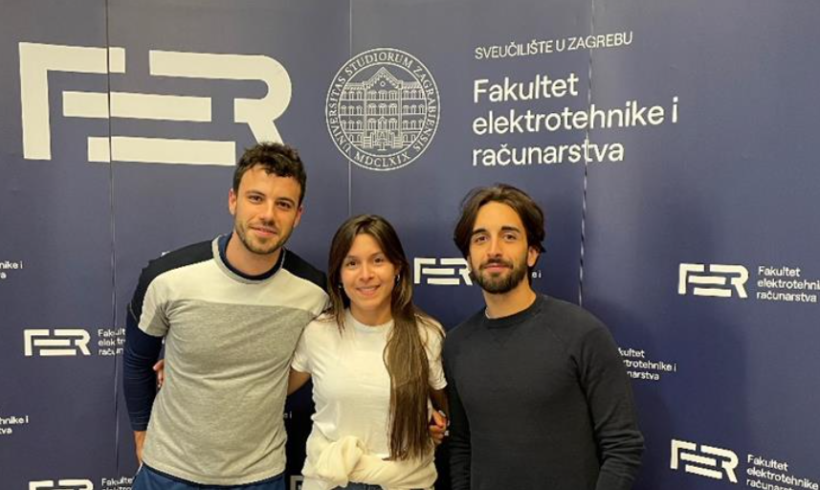
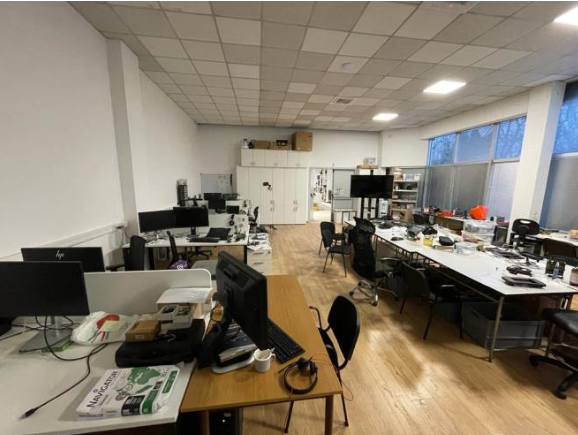
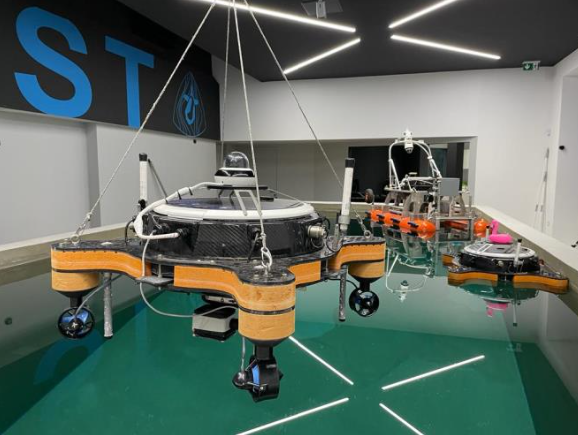
Leave a Reply